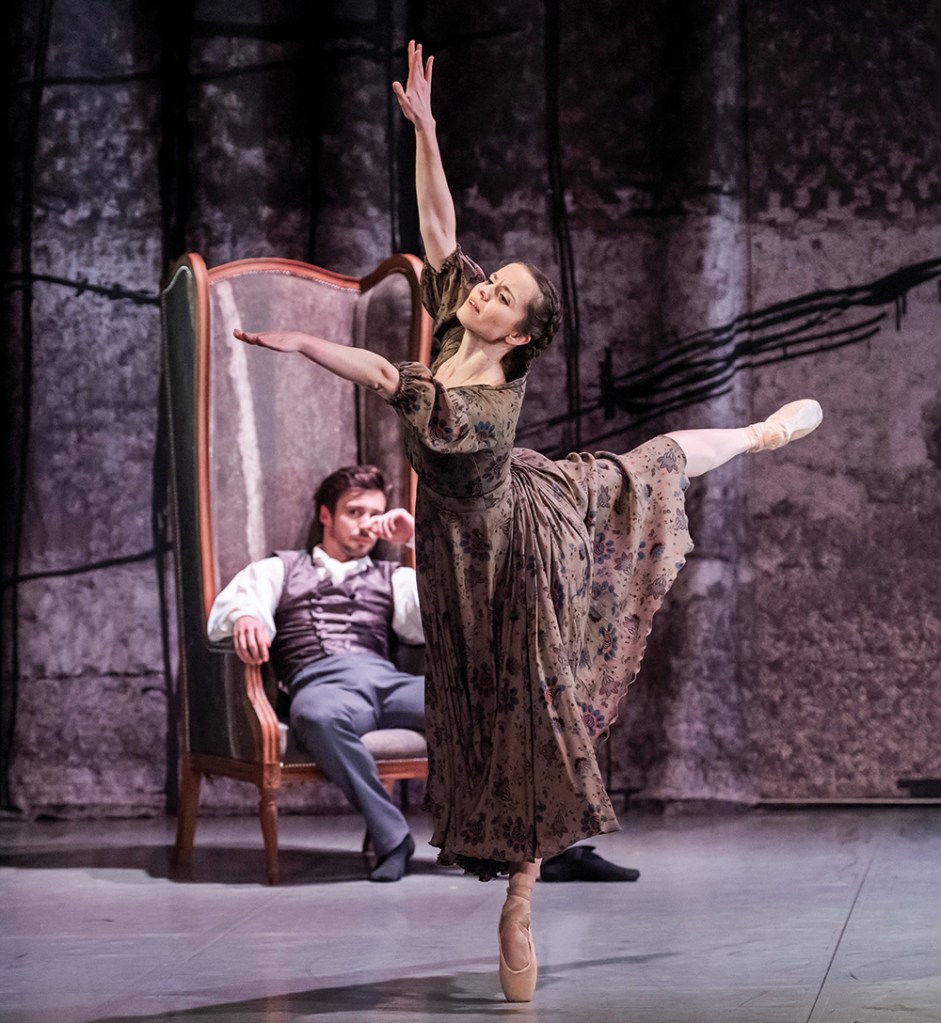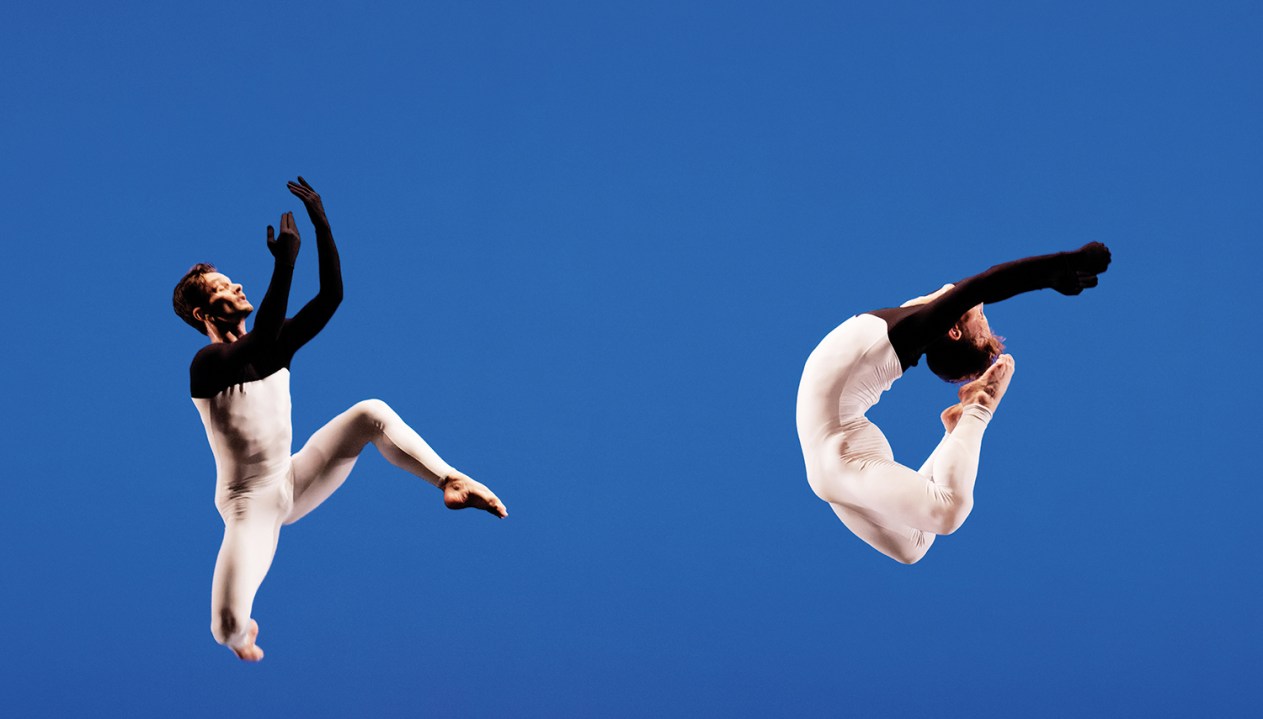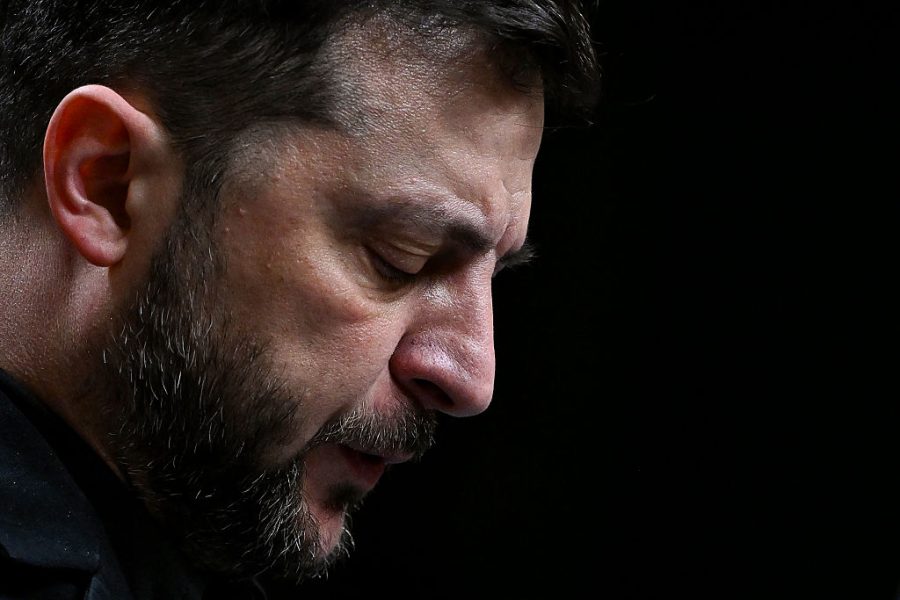
How salutary to encounter the cool cerebral elegance of Merce Cunningham’s choreography again. A figure at the heart of the abstract tendency in post-war American culture, the lover and collaborator of John Cage, Cunningham emptied barefoot dance of ideology, symbolism, plot, personality, pretension: instead it became purely an exploration of bodies in movement, responsive to chance, sound and light. Perhaps Cunningham’s language has been so deeply absorbed into the lexicon of modern dance that it no longer shocks or surprises. But its chaste beauty remains inviolate.
Lyon Opera Ballet – France’s equivalent to Rambert – has made a speciality of performing Cunningham, who died in 2009 at the age of 90. For an all too brief visit to London, it presented two of his later works. Beach Birds (1991)draws on the appearance of such creatures, their thoughts unknowable as they flutter and twitch minutely or not at all, absorbed in themselves, as dawn imperceptibly passes to dusk. The dancers’ hands are covered in mittens and their arms are used as flippers; what impels or motivates them is left entirely mysterious. Momentarily and fortuitously they come together in sculptural groupings or symmetries, but they are ungendered and without any emotional relation to each other. Cage’s music is minimal; there is no drama and nothing to bring this weirdly compelling spectacle to an obvious conclusion. It simply starts and stops.
In its time – it was first seen in 1999 – BIPED was considered revolutionary in its use of hologram technology. Ghostly stick figures float across a transparent scrim covering the front of the stage in a sort of counterpoint to the dancers behind it, dressed in gorgeously shimmering gold pyjamas. There’s more sense of a conventional structure here than in Beach Birds, or at least more repetition, and it moves at a faster pace in a mood that is elusive and exotic.
Lyon’s dancers are entirely at ease with Cunningham’s idiom but to be shamefully honest, after about half an hour of BIPED’s 40-minute duration, I was beginning to drift off – the overall effect so shadowy, it didn’t seem to have anything more to say or do, and the endless drone of Gavin Bryars’s music became infuriating. Cunningham’s indifference to tick-tock time is a problem in an age when ADHD is universal, but it’s surely more our problem than his.
I first saw Cathy Marston’s Jane Eyre nine years ago, since when it’s enjoyed considerable success in Europe and the USA. Now it returns to its Yorkshire roots (see below), before touring over the next couple of months to Nottingham, Sheffield, Norwich and Sadler’s Wells. On principle I’m sceptical of the wisdom of dancing adaptations of densely plotted Victorian novels, but this one has its merits.

True, the narrative is unnecessarily muddled at first, and only those with vivid memories of the book will follow the import of the early scenes involving Aunt Reed, Reverend Brocklehurst and Helen Burns. Periodic incursions of a sextet of anonymous and predatory males representing repressive patriarchy further confuses matters.
But the slow-burn progress of the relationship between prim Jane (Sarah Chun) and Byronic Rochester (Jonathan Hanks, excellent) is strongly conveyed in psychologically dynamic movement, there’s a witty ball scene and a splendidly dotty Bertha Mason to set the stage on fire. Philip Feeney has plundered Schubert to concoct an effective pastiche score (played by a live orchestra, thanks be) and Patrick Kinmonth’s designs economically evoke the raw Brontean landscape in the Ravilious manner, all washes and striations of grey, green and brown. A rapt audience in Leeds palpably loved it all.








Comments